Travel: Marrakesh to Essaouira, Morocco. 4/17/2023
- Lili Naveh
- Apr 17, 2023
- 11 min read
Continuation of a guided group trip. which started on:
4/13 Fez -1st Imperial Capital (part 4)

Although the day before (4/16) was spent in a long drive, down from the Atlas mountain, through the arid plain and all the way to Marrakesh, (reached on the previous evening very late),
the bus driver was ready, early morning, , yet for another long day drive, to the coast town Essaouira and back to Marrakesh, 3 hours each way,...

Essaouira /Mogador,- Known as the ‘Wind City of Africa’,
This quint port city on the Western Atlantic coast, with a population of about 150K and was known until the 1960s by its Portuguese name as Mogador . It has become the country's most important commercial port and also a diplomatic capital between the end of the 18th c and the first half of the 19th c.


The natural bay at Essaouira is partially sheltered by the island of Mogador, making it a peaceful harbor protected against strong marine winds and ocean waves.
Thus it has long been considered one of the best anchorages of the Moroccan coast.
and had a long history of colonization
The Carthaginian navigator Hanno who visited in the 5th BC ,had already established here a trading post of Arambys.

In the 1st BC the purple dye color factory which was established by a Berber king provided the dye color for the purple stripe in the togas worn by the Senators of Imperial Rome. Processing the murex and purpura shells found in the intertidal rocks at Essaouira and the Iles Purpuraires., was a specialty of the town then
During the Middle Ages, a Muslim saint named Sidi Mogdoul was buried in Essaouira, probably giving its origin to the name "Mogador".
In 1506, the Portuguese king , Manuel I, ordered a fortress to be built there, named Castelo Real de Mogador when seized six Moroccan towns and building six stand-alone fortresses on the Moroccan Atlantic coast Portuguese rule lasted 1506–1510
The fortress of Castelo Real of Mogador fell to the local resistance of the Regraga fraternity 4 years after its establishment, in 1510.
However these Portuguese built massive stone walls that still surround the old medina of Essaouira..
During the 16th c, when the town was a haven for the export of sugar and molasses and as an anchorage for pirates. foreign powers including Spain, England, the Netherlands and France tried in vain to conquer the locality. Essaouira

The present city of Essaouira was built during the mid-18c on the site of a 16th C Portuguese fortress, by the Moroccan King.]Mohammed III , who tried to reorient his kingdom toward the Atlantic for increased exchanges with European powers turning the city to key location.. It quickly became a major trading post between Africa and Europe.

French engineer, Théodore Cornut, and several other Moroccan and European architects and technicians built the fortress and city along modern lines.
Originally called "Souira" ("the small fortress"), the name became "Es-Saouira" ("the beautifully designed" .
The gate is connected to the Sqala of the port (artillery platform) by a fortified bridge


The harbor entrance, with the "Porte de la Marine", was built in 1770 by an English architect/engineer - Ahmed el Inglizi who became loyal to the sultan
The beautiful neoclassical construction.
Bab El-Marsa connected the city to the boarding docks.
The 3 crescent moons engraved under the pediment symbolized the Ring of the Sultan.
From the time of its rebuilding until the end of the 19th c, Essaouira served as Morocco's principal port, offering to the word the goods of the caravan trade - from sub-Saharan Africa to Timbuktu, then through the desert and over the Atlas mountains to Marrakesh , which is situated in a straight line, and which explains the king's strategic choice of this port town.
The city functioned as the harbor for Marrakesh made it in the 19th c, the first seaport of Morocco, with trade volumes about double those of Rabat,
Thus Diplomatic and trade representations were established here by European powers] whose diplomats were concentrated in either Tangier or Essaouira.
From 1912 to 1956, Essaouira was part of the French protectorate of Morocco. and used as a military base with an important administrative, military and economic presence..which impacted the spoken French language by the locals in town
The defense ramps
The city flourished until the caravan trade died, superseded by direct European shipping trade.
It retained its traditional culture and character, however lost its hay days" glamour and importance, also due to the shallow port (that is why it moved to Casablanca) and thus the town became an attractive scene mainly to the incidental tourists and film makers

The film director and actor Orson Welles stayed in 1950 at the "Hotel des Iles "where he allegedly met there Winston Churchill,- another guest staying there, during Welles' filming the 1952 classic version of "Othello" .The film contains several memorable scenes shot in the labyrinthine streets and alleyways of the medina. and its walls close to the sea. offering photogenic and atmospheric qualities.
"The Game of Thrones" filmed as well here as the home of the Army of the Unsullied. The scene of the rows of crucified slaves were props to cover the Portuguese cannons.

The Windy City

The wind blows so hard in Essaouira. that relaxing on the beach is impossible, thus the town is bypassed by beach tourists, who descend on other Atlantic Coast destinations in summer. however it attracts the windsurfers between April and November, and the visitors who come here in spring and autumn, like our group, tremendously can enjoy the long stretch of the beach promenade and definitely wandering through its streets
Fishing Port


The bustled Fish market by the port where, stinky odor of large variety of fish and other sea creatures can be inhaled. Fish is being auctioned, under hordes of seagulls and stray cats picking up the scraps.
Fishing nets can be seen being mended and traditional sea blue colored boats, either are moored at the port , or are being constructed, all in the hugely ethnic atmospheric.


Mobbed by the visiting tourists, and fumed by fish stench, made the visit to the Fish market at the port very unpleasant,
Thus I with few other sensitive hygienists, remained at the entrance's point, waiting for the braver among group, to finish the tour
The Medina


Wondering the late-18th-c traffic-free fortified medina - (UNESCO heritage since 2001) surrounded by wave-lashed ramparts, is not to be missed
It was built according to the principles of contemporary European military architecture,

The medina streets
are doted by palm-lined avenues spice-scented lanes, many art galleries, boutiques, souqs, riads, cafes, and houses with blue and white facade

The Kasbah area, corresponding to the royal quarters and the buildings for Christian merchants and diplomats. were all designed by Thédore Cornut.
Remains of crumbling old embassies structures, once served the European busy diplomats. encountered on the walk at the medina
19th C Dutch Consult

19th C Portuguese Consulate

Former French Consulate

Former English Consulate


Essaouira People
The town has been a crossroads between 2 tribes: the Arab Chiadma to the north and the Haha Berbers in the south. infused by the Gnawa, who came originally from further south in Africa, and the Europeans, all adding to its rich cultural mix.
And of course Jewish presence left its mark on the town as well - the Mellah

Jewish Presence
Jews once comprised the majority of the population, and the now crumbling Jewish quarter mellah hosted in the past many old synagogues (maybe 35) and the town also has a large Jewish cemetery, with the known Rabbi Haiim Pinto who is berried here.

Mohammed III encouraged Moroccan Jews in mid 18th C to settle in the town and handle the trade with Europe.
During that period, the Jewish Quarter,/Mellah, was established to extend the sultan’s protection to the Jewish inhabitants. who made up 40%
of the city’s population,
At some point 30, 000 Jews lived here. The thriving and productive Jewish community, made up of merchants benefited from the commercial activities and was deeply integrated into Moroccan society,
Essaouira has long been a symbol of tolerance, with Jews and Muslims coexisting in peaceful community
During the French Protectorate, Essaouira ceased being a major trading post, forcing many families to migrate to bigger cities. Thus changes in trade, the founding of Israel, the resulting wars with Arab states, and the independence of Morocco, all resulted in the Mellah loosing around 98% of its Sephardic Jews population, and further after 1980s, the Jewish community abandoned the area for good.

Community Synagogue of:
Mogador Slat Lakahal

Was built from 1850/ inaugurated in 1859, with funds raised by members of the community who mingled with the crowds at funeral ceremonies
a once abandoned the old synagogue has had a new beginning, reopening in 2010.
Down the street from Slat Lakahal Synagogue is the Haim Pinto Synagogue
The synagogue of Rabbi Haim Pinto in the Jewish Quarter

Rabbi Haim Pinto (1748–1845)
was the leading rabbi in Essaouira. attracting Jews from around the world coming on pilgrimage to visit the rabbi's grave in the Jewish Cemetery

Born into a distinguished rabbinic family, and a father of 4 sons, he is remembered as a man whose prayers were received in heaven in such a way that miracles resulted
Rabbi Pinto's followers and descendants have a number of synagogues worldwide, including the Pinto Center synagogue on Pico Boulevard in Los Angeles, California, which was founded by Rabbi Yaacov Pinto
After his death his mausoleum, as well as his house became places of pilgrimage
The Yom Hillula, or anniversary of the death of Rabbi Haïm Pinto. is one of the most popular Hiloulas, Every year, more than 2000 Jewish pilgrims visit the city for a 4-days celebration to commemorate the memory of the Rabbi.

The building in Essaouira , in which the Chaim Pinto Synagogue is housed, was Rabbi Pinto's home, office and synagogue and is preserved as an historic site.

Rabbi's Pinto Mausoleum at the Old Jewish Cemetery
The Jewish Cemeteries of Essaouira include :the old cemetery /marine cemetery, which is located by the sea , and is separated from the ocean by a single wall. and the new cemetery founded in 1892, located opposite the old one.

It has 2400 tombstones all made of rocky stones, the oldest of which date from 1775.and served until around 1875 as the main cemetery of the city
it hosts the mausoleum of Rabbi Ḥaim Pinto,

A hybrid of Moorish and Art Deco architecture including residential buildings—many with the Star of David carved into the facade— 14 small synagogues, ( from 1892) a Talmud school, a girl school (1890) and other buildings are the only physical evidence of centuries of Jewish presence in Essaouira (more)

Structures remain abandoned, crumbling or demolished due to safety concerns, while others have been converted into boutique shops and hotels,
The Jewish Quarter has become a pilgrimage site for many former residents and descendants of Moroccan Jews, who visit the city in increasing numbers each year.
. Ronit Elkabetz and Shlomi Elkabez - movie's screen writers/actor/director and children to a religious Moroccan Jewish family, originally from Essaouira who moved in 1964 to Israel. A handful of Jews remain in Essaouira.. ( maybe between 3-17)
Bayt Dakira - the House of Memory focus on co-existence

A Jewish museum a 19th C building is located in the Jewish quarter "Mellah"
It aims to be a spiritual space dedicated to the Jewish community of the city preserving and educating on the Moroccan Jewish heritage.
Exhibition of rare objects, texts and photographs,can be seen and show the coexistence between Muslims and Jews in the city.
Visitors are greeted by the expression "Shalom Aleykoum, Salam Lekoulam" which is a mix of Arabic and Hebrew to illustrate the friendship between Jews and Muslims.


The building once belonged to the Attia family who lived there until the 1920s, they traded tea with Manchester. During the late 19th.
After the sudden death of Simon Attia,the head of the family, in 1892, his wife, Nima, named a synagogue after him., based on the model of the Sephardi synagogue in Manchester,

Sidney Corcos was involved in the restoration of the synagogue.
The oil lamps hanging in the synagogue, which had once been donated by different people and families, have been placed in the same locations as before with the help of an old photograph.
On 15 January 2020, King Mohammed VI visited Bayt Dakira, a Jewish heritage house,

Meeting Audrey Azoulay
According to UNESCO General-Secretary Audrey Azoulay, Beit Dakira is built “around a synagogue, one of the 37 synagogues that adorned the city until the 1950s.
Beit Dakira received in 2020 a new lease on life as a place for preserving Jewish heritage in Morocco, thanks to the extensive efforts of King Mohammed VI’s senior counselor André Azoulay and his Essaouira-Mogador Association.
What an unbelievable unexpected coincidence it was to run into Azoulay, who happened to visit today. at Bayt Dikla -a project he was involved in from the start,

I met him once before -10 years ago -when I worked for "Israel Democracy institute" (idi) and he served than, on the institute's board.
Back from an annual conference which took place in 2013 at Camp David, we shared a cab to the airport, and got the chance to have a long chat during the ride.
So it was quite shocking to incidentally run into him, for the second time on my first and only trip to Morocco, at his home town Essaouira
Initially he was distanced toward few group members who approached him with inquiries about the exhibit. However he warmed up, after I reintroduced myself and reminded him of when and where we had met, Than he agreed to be photographed with me and my friend Madliene, who also charmed him in perfact French.

Thuya Tree
To make sure that Essaouira is also economically well supported , the group was brought into a
Thuya wo0dwork shop

Center Artisanal -Woodwork shop
Rue Med ben Abdellah (Mellah Lakdim) +212 524474082
Beautiful pine-scented aroma that adds to its attraction, it is an exotic wood that is exclusively grown in Morocco,
it's colour extremely unique, but it has a burr grain which is like no other wood, despite being a member of the cedar family.
People earn their income from selling Thuya wood.form as a standalone ornamental piece. It can be used to make any type of small or large furniture such as coasters, boxes, business card holders, pen pots, dominoes, magazines stands, etc.

This rare conifer tree is harvested not by its trunk or branches but from the actual roots and new growth. They are around 70 years old before they are cut. Even today oil is extracted and is used in aromatherapy.

Lunch at a Fish Restaurant
Place Chrib Athay + 212 5244-76052

More Shopping

More walking in the old town Riad Lyon- Mogador
By by Essaouira

On the way Back from Essaouira to Marrakesh

Goats feeding off the famous endemic Argan Trees cultivated in the vast landscape

Argan Tree
An endemic thorny, with gnarled trunks and wide spreading crown.trees spread in the calcareous semi-desert Sous valley of southwestern Morocco. The tree has the ability to survive extreme heat (over 50°C), drought and poor soil
The tree’s roots grow deep into the ground in search of water, which helps bind soil and prevents erosion.
Although the numbers of the trees are dwindling,Argan is the second most abundant tree in Moroccan forests, with over twenty million trees living in the region and playing a vital role in the food chain, environment. and in the cultures of the Berber and Arab people living there for hundreds of years.
They grow to 8–10 m (26–33 ft) high and live up to approximately 200 years.
The branches lean towards the ground. The flowers are small, with five pale yellow-green petals; flowering in April., and the nuts are very much liked by goats
Argan is a multi-purpose tree. Each part of it is usable as a food or economic resource

The long broad fruit with thick, bitter peel surrounding is sweet-smelling but unpleasantly flavored layer of pulpy pericarp. This surrounds the very hard nut, which contains one or up to small, oil-rich seeds, favored feed by goats
So the fruit can be eaten, oil can be extracted from the nuts and the tree’s wood can be used for fuel.
In some parts of Morocco, Argan takes the place of the olive as a source of forage, oil, timber, and fuel in Berber society.
Visit to a Women Cooperative for Argan Oils Production on the way to Marrakesh

Cooperative Marjana
Salle De MUSE Bu T0utique
situe sur une terrain entouré d'arganiers et de caroubiers, à 14 km d'Essaouira sur la route de Marrakech
An organic Argan oil cooperative which employs only women in need of financial assistance.
At this compound women all ages sat on floor's carpets, at various demo work stations, hand -peeling off the Argan tree fruits, sifting the nuts and crushing them into a peste

Pony donkey - "women's best friend"
at the cooperative compound, by the Argan trees

Back in Marrakesh

To be Continued,,,,,,




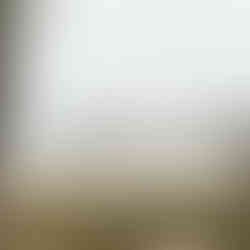

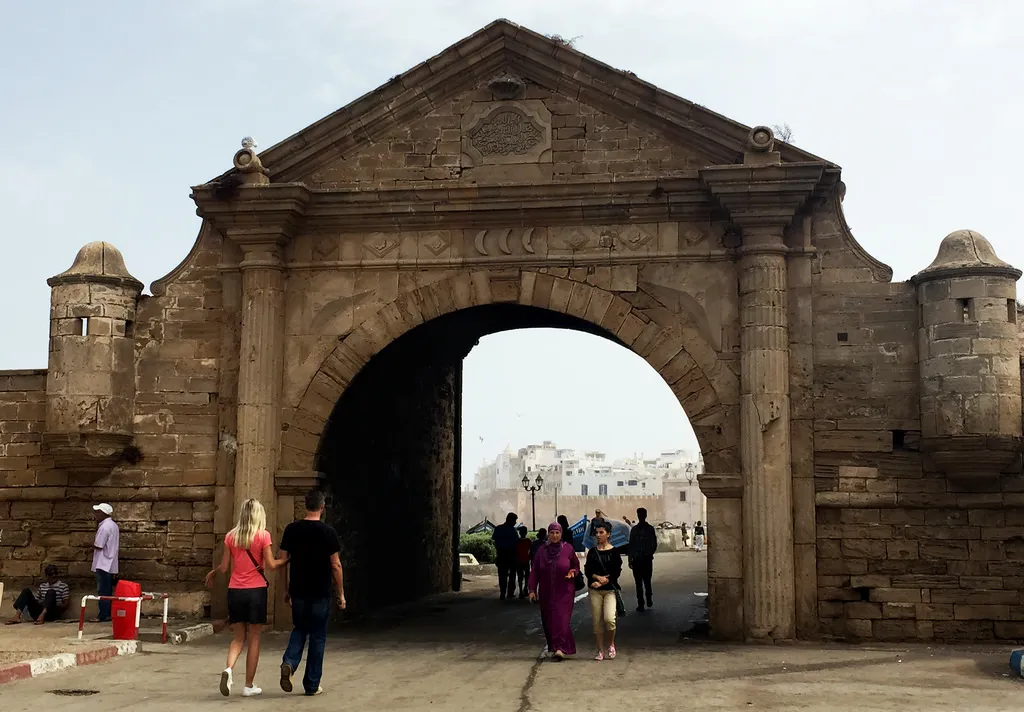












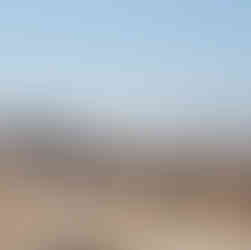



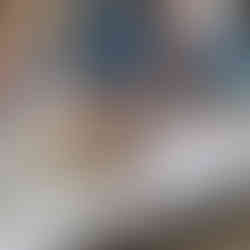










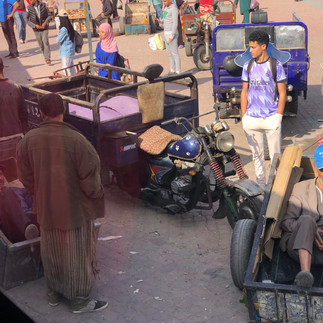


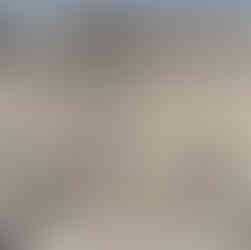



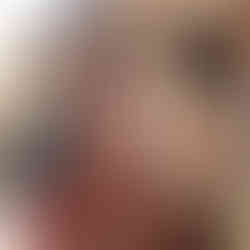

















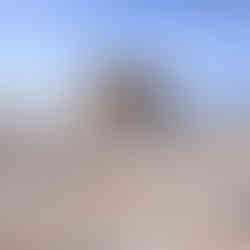











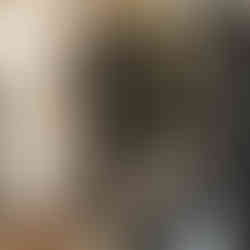





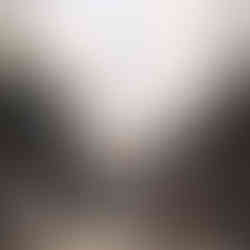





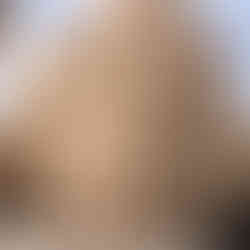




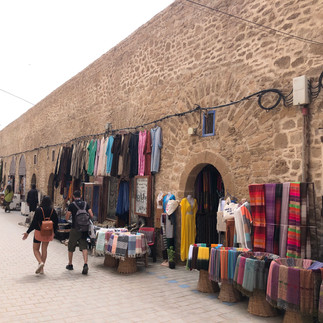
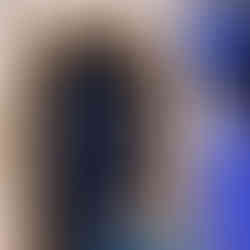

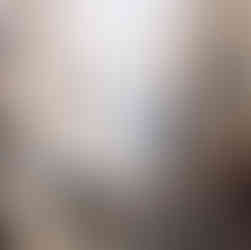


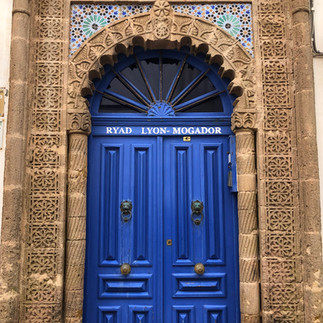



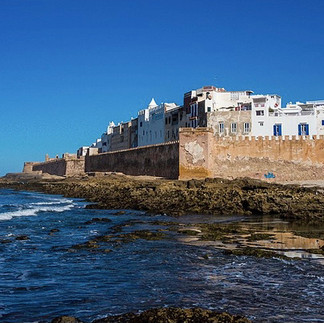



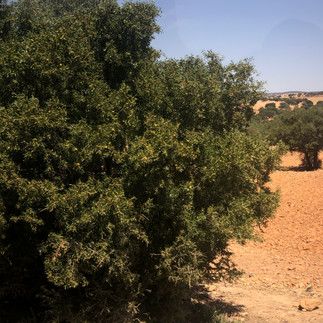



















Comments